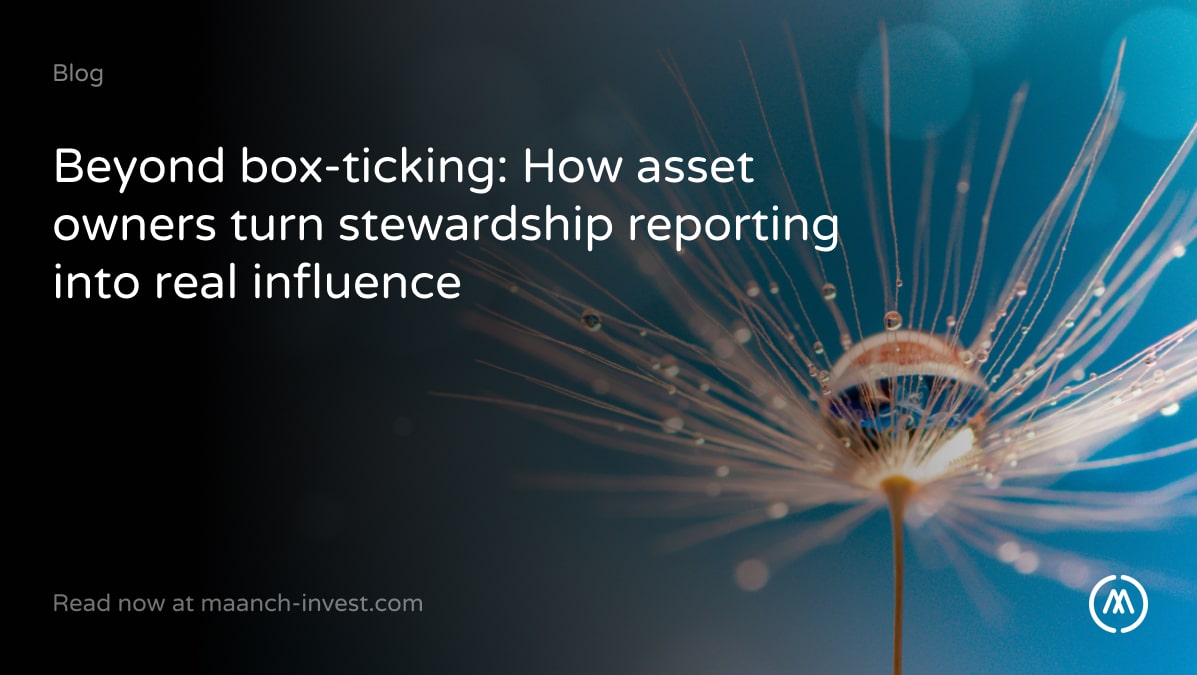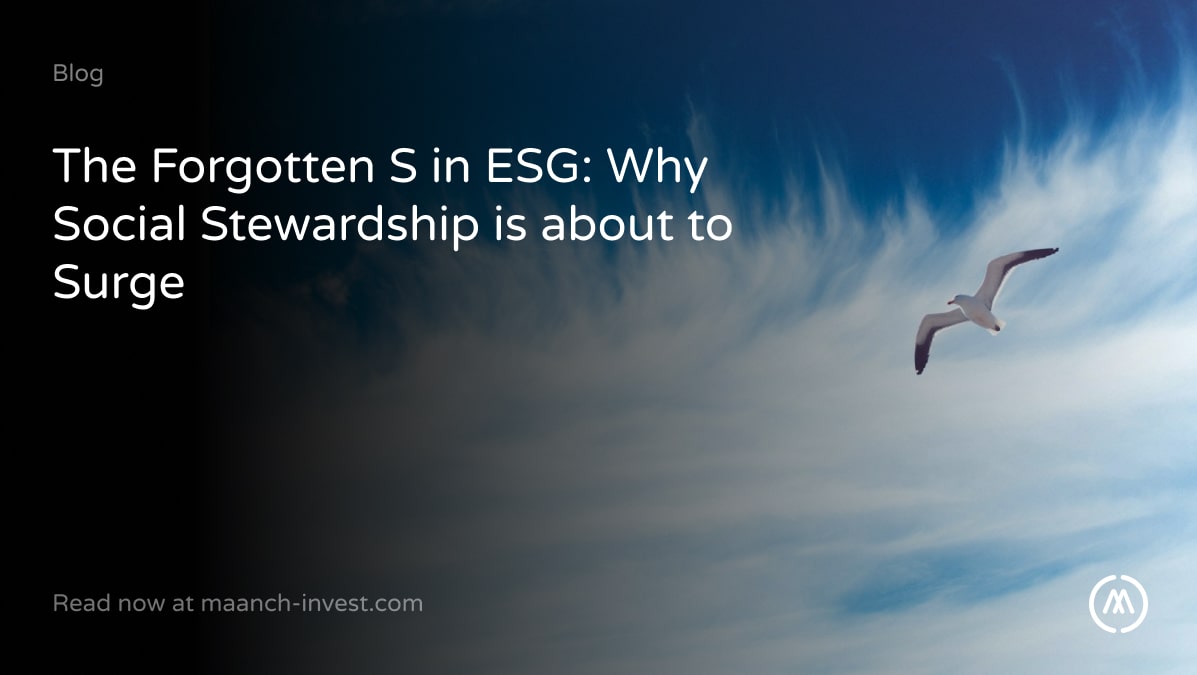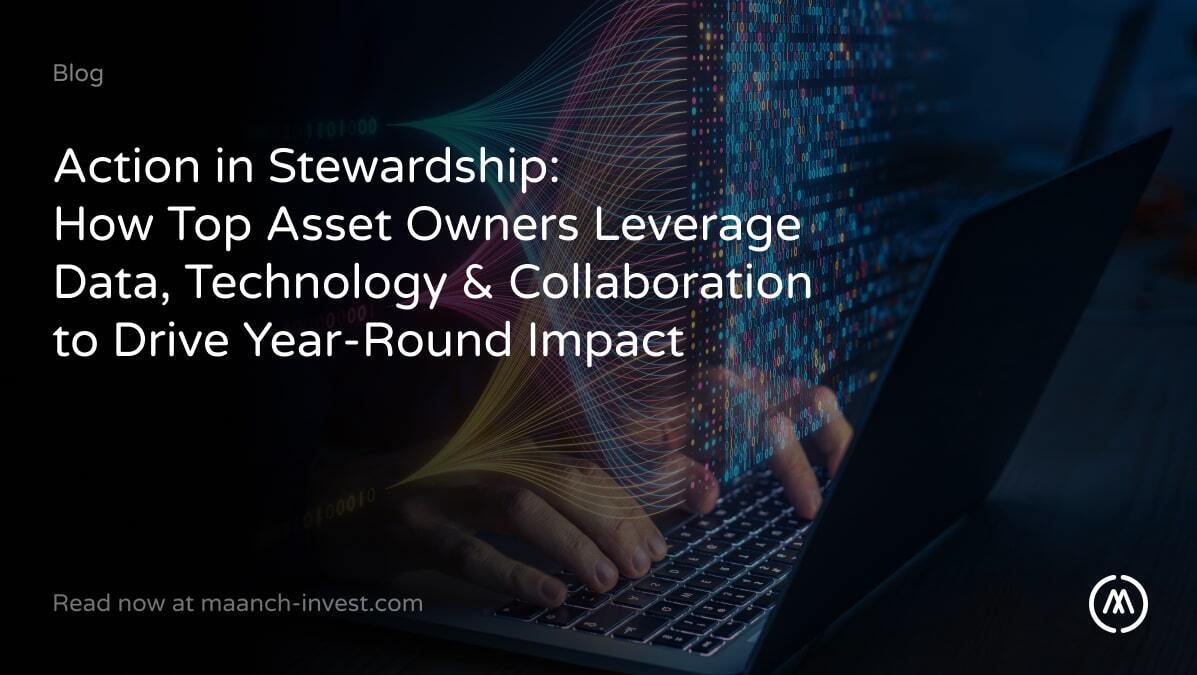Private debt is booming. As capital floods into the space, a quiet tension is emerging. How do investors uphold stewardship standards in an asset class designed for discretion, not disclosure?
A new report by the UN PRI, Stewardship in Private Debt (July 2025), brings this tension into sharp focus. It offers a roadmap for evolving influence in an opaque corner of the market.
The report draws on interviews and surveys of 120+ private market participants. The guide offers a range of tools and insights for investors to engage borrowers, lenders and sponsors.
Participating investors included APG Asset Management, KKR and M&G.
Private Debt Isn’t Exempt – It’s the Next Frontier
Asset owners are increasingly allocating to private debt, drawn by stable returns and diversification. But as this shift accelerates, many overlook a core truth. The stewardship expectations applied to public equities are beginning to reach private debt too.
The PRI report plainly makes the case that effective stewardship in private debt isn’t just possible. It’s essential for protecting value, reducing risk, and enabling long-term sustainability outcomes.
And yet, the private debt landscape is complex. Borrowers are often mid-market or founder-owned. Lenders may be one of many in a syndicated deal. Sponsors vary widely in ESG maturity. All of which creates a spectrum of influence – not a binary of “can” or “can’t” engage.
PRI CEO, David Atkins, said:
“As we navigate today’s complex and dynamic environment, it is essential for the responsible investment community to continue to work together, engage in dialogue and share best practice.”
Spectrums of Influence: A Tool for Action, Not Excuse
One of the report’s standout contributions is the “Spectrums of Influence” framework. It’s a practical guide for understanding where and how lenders can exercise stewardship across variables like:
- Deal structure (sponsored vs non-sponsored)
- Lender position (senior, mezzanine, sole)
- Borrower size and ESG maturity
- Market conditions and timing
Key takeaway for asset owners:
Even in low-leverage positions, there are tools available. Stewardship isn’t a matter of access, it’s a matter of intention and infrastructure.
Four Stewardship Tools Lenders Should Be Using
The PRI identifies four stewardship tools for private debt managers. Two of them are already widely used. Two are still underutilised, but where the real potential lies:
- Sharing resources and training – Building borrower capacity through education
- Ongoing dialogue and engagement – Especially post-investment
- Sustainability-linked covenants and margin ratchets – Growing in sophistication
- Collaborative engagement and advocacy – Crucial for market standards
London-headquartered Pemberton is one of the world’s largest debt managers. In brief: Pemberton’s ESG margin ratchet ’3.0’ reported that nearly two-thirds of direct lending borrowers had an ESG-linked margin ratchet in 2024.
These tools mirror what’s possible with the Maanch Engagement Tracker (ET). Standardised tracking of engagements, real-time monitoring of KPIs, and collaborative reporting across LP-GP structures.
Our Maanch advisory team worked with EU Networks, leading Western European bandwidth infrastructure provider, to secure and implement its sustainability-linked loan. We helped to ensure margin ratchets drive credible, measurable outcomes aligned with ESG goals.
Stewardship Technology: From Manual to Measurable
For asset owners allocating capital into private credit strategies, now is the moment to demand and enable credible stewardship practices.
Cambridge university researcher, Ellen Quigley, argues that fossil fuel exclusion policies have been far too focused on the stock market, rather than on debt investment, where they could have much more impact. The vast majority of fossil fuel finance comes from bonds and bank loans.
Quigley has managed to get her employer, one of the wealthiest universities outside the US, to start applying her ideas to its portfolio. Cambridge has tied up with Bloomberg to create a new bond index excluding companies pursuing or financing fossil fuel expansion. So far, Cambridge, which reported net assets of £8bn last year, and the UN’s $88bn staff pension fund have committed to invest $750mn in line with the new index.
Cambridge has also rallied more than 70 other higher education institutions, including the universities of Oxford and Edinburgh and the London School of Economics, to invest alongside it in a new investment vehicle. It appears to be the first of its kind: a short-term debt (or “money market”) fund that will avoid support for fossil fuel expansion.
The moves by Cambridge are interesting. They’re a new example of how many long-term asset owners such as universities and pension funds are stepping up their work on climate issues, even as many banks and asset management companies go quieter on them. It’s also “an interesting coming together of the academic and administrative parts of the university to do something new”, as Cambridge CFO Anthony Odgers puts it.
Guidance developed last year by the Investor Group for Climate Change with support from Ceres provides a Net Zero Investment Framework for the Private Debt Industry.
But stewardship at scale needs the right infrastructure.
This is where the Maanch ET becomes essential. Our platform enables:
- Standardised engagement tracking across sponsored and non-sponsored deals
- Visibility across complex portfolios, even where data is sparse
- Integration of stewardship tools into investment lifecycle workflows
- Reporting aligned to regulatory standards like SDR, SFDR, CSRD
Whether you’re mapping influence pre-investment or monitoring KPIs linked to margin ratchets, ET provides a digital backbone to steward capital with confidence, not guesswork.
Stewardship Isn’t Optional. It’s Operational.
The PRI’s report signals a shift. Stewardship in private debt is no longer “emerging” – it’s expected. For asset owners, this presents both challenge and opportunity:
You don’t need to be the loudest voice in the room, but you must be the one with the clearest data, the strongest partners, and the smartest tools.
At Maanch, we’re ready to help asset owners operationalise this next phase of stewardship. Where private debt isn’t a blind spot, but a beacon for influence done right.



